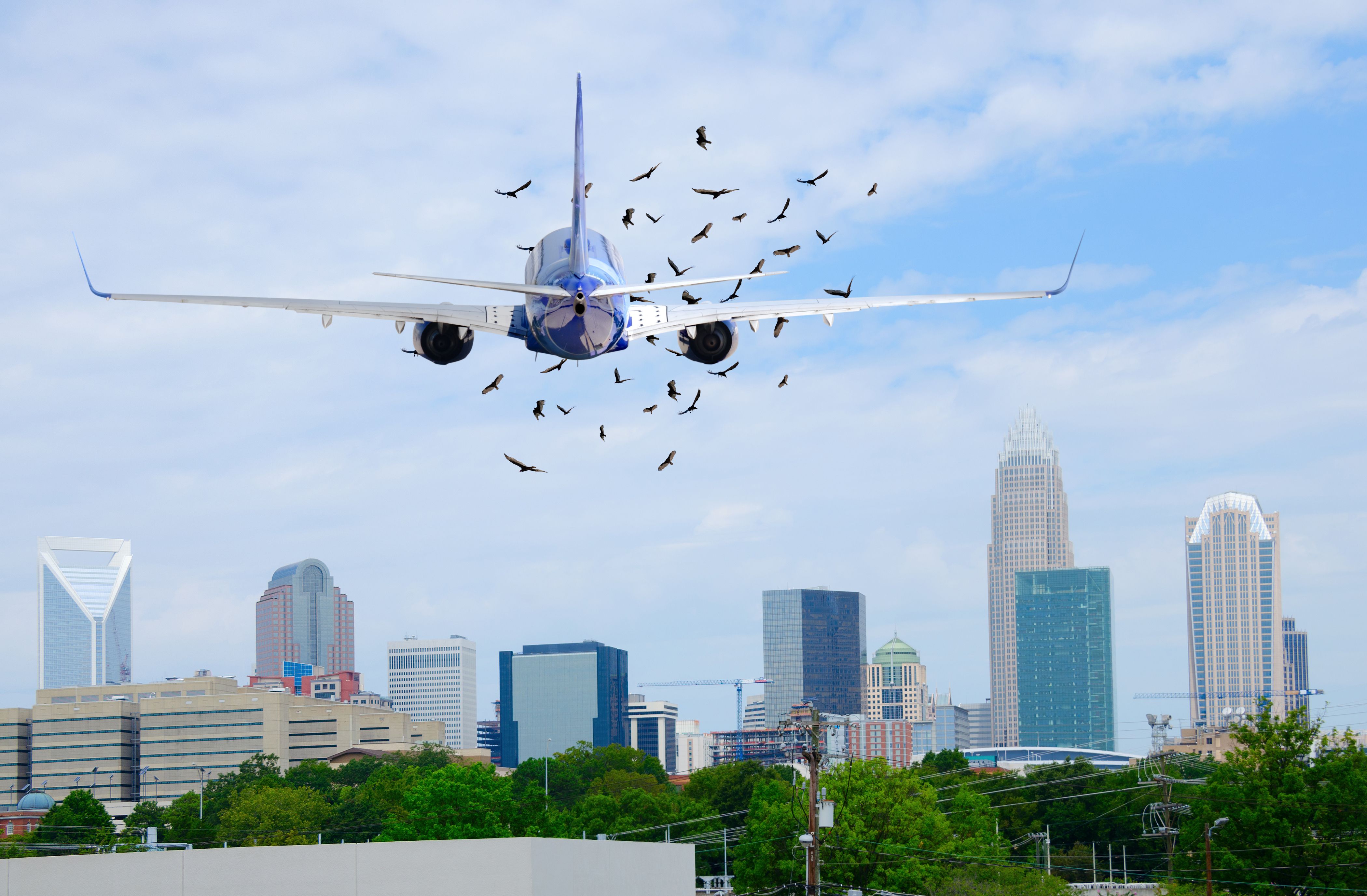The Federal Aviation Administration (FAA) highlights that there are more than 10,000 reports of bird and wildlife strikes each year. Strikes have resulted in several accidents over the years, including the Miracle on the Hudson. Since such cases are so common, people often ask why engines aren't simply protected by mesh or screens?
Potential damage
Commercial airliners aren't usually equipped with meshes due to the potential trouble such systems could cause. In practice, a bird being dragged in by an aircraft’s engine may be traveling at a speed of up to 800 mph (1,287 km/hr). At such speeds, the impact could significantly damage the meshed wire or similar protection, making the situation even worse.
Broken pieces of the mesh protection could fall into the engine and destroy it. Without the mesh, the bird could just be digested when sucked in by the engine.
Former National Transportation Safety Board (NTSB) member John Goglia noted that wire would hardly make a difference. Moreover, a heavier screen may break and fall into the engine. In a nutshell, while unpleasant to think about, it's easier for the engine to break down birds than other, heavier materials.
Bird strikes already cause significant damage to the aircraft itself. The below image is an example of the strength of the force following such an event.
Thus, seemingly strong protection at the engine could just be breached and cause more issues despite good intentions.
Glimmers of hope
Even though they may not be the answer, there have been several efforts to provide solutions. For instance, inventor James Thomas previously filed a patent, abandoned in 2016, that revolved around a mesh. The abstract of the patent reads the following.
“A bird guard device for protecting aircraft jet engines from being damaged from ingestion of birds during a bird strike is provided. The jet engine has an outer cowling with an open front end. The bird guard device comprises a mesh deflection screen capable of being mounted within the open front end of the outer cowling. The deflection screen minimizes the chance of birds getting into the jet engine.”
Get the latest aviation news straight to your inbox: Sign up for our newsletters today.
Industry notions
Ground initiatives are valuable to the fight against bird strikes. All international airports have secure boundary fences to block animals from entering the field and runway. Additional moves, including the management of grass to prevent birds from sheltering, are in place.
Furthermore, sites often deploy speakers to blast distress calls to act as a deterrent. Facilities even control insect populations and look at holistic food chain management systems.
All in all, it is advised that if large birds or sizable flocks are seen near the runway, pilots should consider delaying takeoff or landing if the fuel supply allows. They are also advised to land at another runway if available.
Boeing summarizes its advice with the following:
“Descend with idle power and avoid extended low-altitude level flight, particularly over water courses, nature reserves, or other areas of known or expected bird activity. When landing is assured, consider landing through birds versus a missed approach to avoid birds,
This reduces the energy of the collision, the potential for increased damage associated with engines at a high power level, and the potential for multiple engine ingestions at low airplane energy states and low altitude. Avoid or minimize maneuvering at low altitude to avoid birds.”
Up for debate
Bird strikes have remained a prevalent concern across the industry this year. We reported just last month regarding an Air China Boeing 747-400F bound for Shanghai returned to Amsterdam after a strike. This is just one of several such cases reported so far in 2023.
Get all the latest aviation news right here on Simple Flying
Some aircraft have experimented with screens over the years, such as some Soviet military planes, including the MiG-29. Regardless, there hasn't been a long-term commercial solution in place. For now, airlines are focusing on other prevention and management techniques.
What are your thoughts about how bird strikes are handled? Do you think there is a better solution? Let us know what you think in the comment section.
Sources: The New York Times; Engineering

